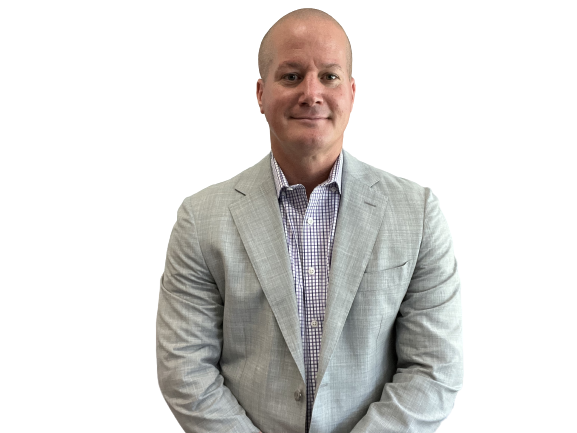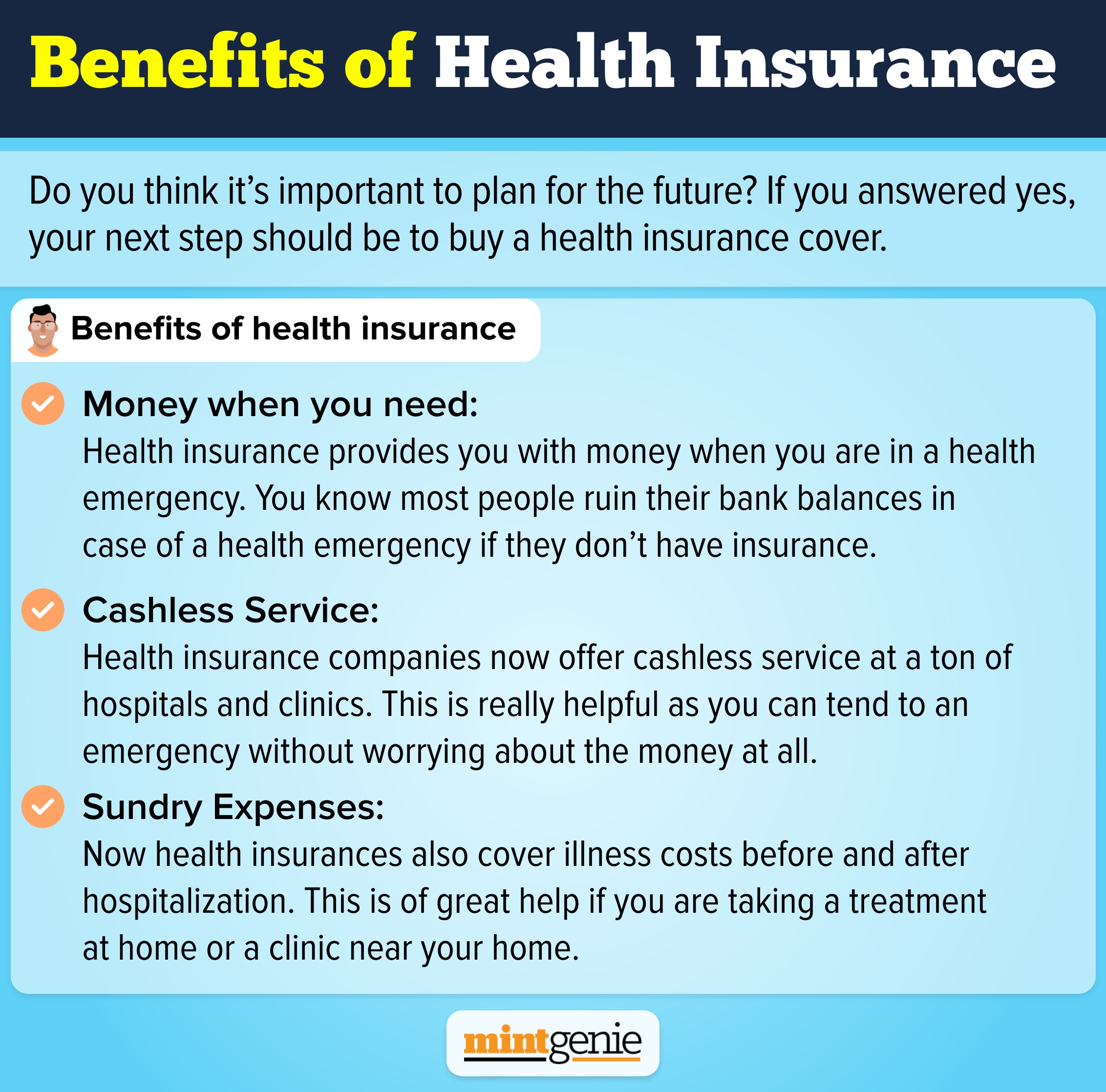What Does Medicare Advantage Agent Mean?
What Does Medicare Advantage Agent Mean?
Blog Article
Get This Report about Medicare Advantage Agent
Table of ContentsMore About Medicare Advantage AgentAll About Medicare Advantage AgentThe Definitive Guide to Medicare Advantage Agent


follows from confusing the relatively young fairly profile of the uninsured with without insurance better healthFar better wellness average, standard younger persons. For those without accessibility to work environment health and wellness insurance, bad health and wellness is a possible obstacle to buying nongroup protection since such coverage might be extremely priced, omit preexisting problems, or be merely not available. Unless otherwise kept in mind, national estimates of individuals without health and wellness insurance and percentages of the populace with different kinds of insurance coverage are based on the CPS, the most commonly used resource of quotes of insurance policy coverage and uninsurance prices.

Medicare Advantage Agent - The Facts
Over a three-year duration beginning early in 1993, 72 million people, 29 percent of the U.S. populace, were without coverage for at the very least one month. Within a solitary year(1994), 53 million people experienced at the very least a month without coverage(Bennefield, 1998a). Six out of every 10 without insurance grownups are themselves utilized. Although working does improve the likelihood that a person and one's member of the family will have insurance coverage, it is not a warranty. Even members of households with 2 full-time wage income earners have nearly a one-in-ten opportunity of being without insurance (9.1 percent uninsured price)(Hoffman and Pohl, 2000 ). The partnership between medical insurance and accessibility to care is well established, as recorded later in this chapter. Although the relationship in between wellness insurance coverage and wellness end results is neither direct neither basic, a comprehensive clinical and wellness solutions research study literary works web links wellness insurance policy coverage
to better access to care, much better quality, and enhanced individual and populace wellness status. The second report, on personal health and wellness end results for without insurance grownups, is stood for by the inner circle of the figure, while the 3rd record, on family members wellness, incorporates the topics of the 2nd record but emphasizes a various device of evaluation, specifically, the family. The sixth record in the series will certainly offer details about methods and efforts embarked on in your area, statewide, or across the country to resolve the absence of insurance coverage and its unfavorable effects. Degrees of analysis for examining the impacts of uninsurance. This discussion of health insurance protection focuses mostly on the U.S. population under age 65 because essentially all Americans 65 and older have Medicare or other public coverage.
It concentrates especially on those without any wellness insurance for any length of time. The issues encountered by the underinsured remain in some areas comparable to those encountered by the without insurance, although they are generally much less serious. Uninsurance and underinsurance, however, involve clearly various policy concerns, and the methods for addressing them might vary. Throughout this research study and the five records to follow, the major emphasis is on persons with no medical insurance and hence no help in paying for healthcare beyond what is offered with charity and safety net establishments. Medical insurance is a powerful aspect affecting receipt of care because both people and doctors respond to the advice out-of-pocket rate of index services. Health insurance coverage, nevertheless, is neither necessary neither sufficient to get to clinical services. However, the independent and direct result of health
insurance policy protection on access to wellness services is well established. Others will get the healthcare they require also without medical insurance, by paying for it out of pocket or seeking it from carriers who supply care complimentary or at very subsidized rates. For still others, medical insurance alone does not ensure receipt of treatment due to the fact that of various other nonfinancial obstacles, such as an absence of healthcare companies in their community, minimal access to transportation, illiteracy, or etymological and cultural differences. Formal study about without insurance populaces in the United States dates to the late 1920s and very early 1930s when the Board on the Expense of Healthcare produced a collection of reports regarding financing medical professional workplace visits and hospitalizations. This problem came to be prominent as the numbers of medically indigent climbed during the Great Clinical depression. Empirical researches regularly sustain the web link in between accessibility to care and boosted wellness end results(Bindman et al., 1995; Starfield, 1995 ). Having a regular source of care can be taken into consideration a predictor of accessibility, as opposed to a direct measure of it, when health and wellness end results are themselves made use of as access indicators. This extension of the notion of access dimension was get redirected here made by the IOM Committee on Keeping Track Of Gain Access To to Personal Wellness Treatment Solutions(Millman, 1993, p. Whether or not moms and dads are guaranteed appears to influence whether their kids obtain treatment in addition to just how much careeven if the youngsters themselves have insurance coverage(Hanson, 1998). The health and wellness of parents can influence their capability to take care of their kids and the degree of household tension. Worrying concerning their kids's access to care is itself a resource of anxiety for parents. 3 phases comply with in this report. Phase 2 offers a summary of just how employment-based medical insurance, public programs and specific insurance policy policies run and engage to offer comprehensive yet incomplete coverage of the united state population. This consists of a review of historic trends and public plans impacting both public and private insurance policy, a discussion of the communications among the various kinds of insurance policy, and an assessment of why individuals move from one program to an additional or wind up

Report this page